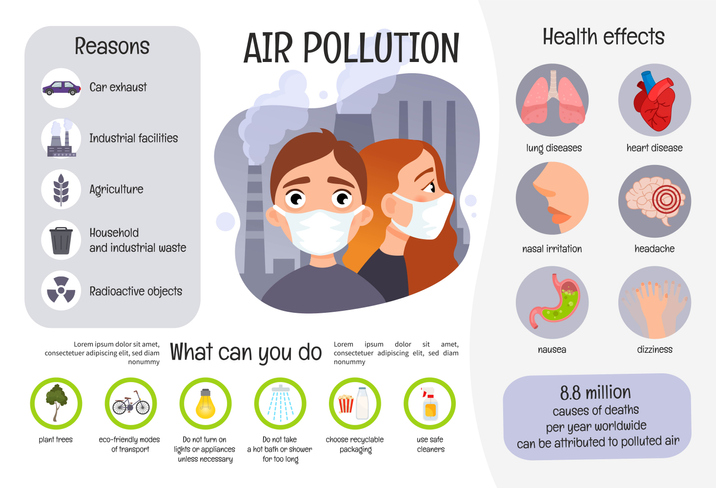
The 2010 Report of the national Waterborne Disease and Outbreak Surveillance System (WBDOSS)—established to document waterborne disease outbreaks reported by local, state, and territorial health departments—urged serious attention be paid to the growing proportion of outbreaks associated with premise plumbing deficiencies in public water systems, noting the increasing importance of Legionella since its 2001 inclusion in WBDOSS.1

The World Health Organization (WHO) yesterday announced new treatment guidelines that will allow more patients with drug-resistant tuberculosis (DR-TB) to receive shorter treatment regimens.

NIH scientists are looking for people to take part in a study on long-COVID. They want to find out why some people with lingering symptoms get better, and others end up with chronic health problems.

In late 2019, India’s government introduced draft legislation that would have made it the first country in the world to limit the amount of antibiotics in waste released from pharmaceutical manufacturing plants into surrounding waterways.

Though US COVID-19 pediatric cases have dropped significantly since the Omicron surge seen in the winter months—when weekly infections topped more than 1 million—the latest update from the American Academy of Pediatrics shows that more than 53,000 child COVID-19 cases were reported for the week ending Apr 28, an increase of about 61% from 2 weeks ago.

Patients with cancer were found at increased risk of breakthrough COVID-19 and subsequent "significant and substantial" risk for hospitalizations and mortality, in a large cohort study of vaccinated persons with and without cancer.

In September 2021, the World Health Organization (WHO) released updated global air quality guidelines (AQGs) for the first time since 2005. Incorporating a wealth of interim evidence demonstrating the adverse health effects of air pollution, the WHO tightened recommendations for target air pollution concentrations, including lowering the AQG for fine particulate matter (particulate matter ⩽2.5 μm in aerodynamic diameter [PM2.5]) from 10 μg/m3 to 5 μg/m3 (1). These updated guidelines not only emphasize the global urgency of improving air quality to prevent illness and death but also send the message that harmful effects occur even at lower concentrations of air pollution.

The dynamics of SARS-CoV-2 replication and shedding in humans remain poorly understood. We captured the dynamics of infectious virus and viral RNA shedding during acute infection through daily longitudinal sampling of 60 individuals for up to 14 days.

This investigation evaluated the distributions of airborne adenovirus and Mycoplasma pneumoniae in public areas in the pediatric department of Children's Hospital in northern Taiwan. The airborne viral and bacterial concentrations were evaluated twice a week for a year using filter sampling with an airflow rate of 12 liters per minute for eight hours in the pediatric outpatient department and 24 hours in the pediatric emergency room.

Although non-invasive ventilation (NIV) is recommended for immunocompromised patients with acute respiratory failure in the intensive care unit (ICU), it might have deleterious effects in the most severe patients. High-flow nasal oxygen (HFNO) alone might be an alternative method to reduce mortality. We aimed to determine whether HFNO alone could reduce the rate of mortality at day 28 compared with HFNO alternated with NIV.







